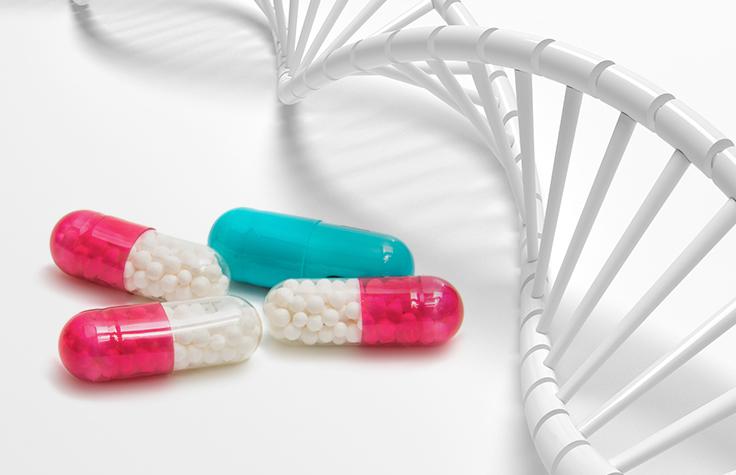Innovation in Targeted Treatment: The Advancement of Drug and Gene Delivery Devices

Some key advantages of using nanoparticles for drug and gene delivery devices
include improved solubility, protection of drugs that would otherwise be degraded before reaching their target site, controlled and sustained release over time at the target site, and the ability to incorporate targeting ligands on the particle surface to bind to receptors overexpressed on diseased cells. Various types of nanoparticles explored for drug delivery applications include liposomes, polymeric nanoparticles, magnetic nanoparticles, dendrimers, and viral nanoparticles. Continuous research is improving the design of nanoparticles to optimize drug encapsulation and release kinetics.
An example of an FDA approved nanoparticle drug delivery system is Doxil, which consists of doxorubicin encapsulated in liposomes. Drug and Gene Delivery Devices This allows doxorubicin, an effective but toxic chemotherapy drug, to accumulate more in tumors while avoiding healthy tissues. As a result, Doxil demonstrated reduced adverse effects and improved efficacy compared to conventional doxorubicin formulations. Other nanoparticles currently in clinical trials show promise for targeted delivery of a wide range of anti-cancer, anti-inflammatory, and antiviral drugs.
Implantable and Insertable Devices
While oral and intravenous administration remain primary routes of drug delivery, implantable and insertable devices offer sustained release of drugs directly at the site of action to maximize therapeutic benefits. Some innovative device technologies being developed include drug eluting stents, implantable pumps, and insertable microchips.
Drug eluting coronary stents coated with antiproliferative drugs like paclitaxel and sirolimus saw widespread adoption for the prevention of restenosis after angioplasty procedures. By slowly releasing the drug over time, drug eluting stents significantly reduced restenosis rates compared to bare-metal stents.
For chronic conditions requiring long-term drug therapy, implantable infusion pumps provide a convenient alternative to frequent injections. Programmable pumps can be implanted in the abdomen to continuously deliver drugs like opioids, chemotherapy drugs, and hormones over extended periods of time. This improves medication adherence and quality of life for patients.
Microchip implants containing drug and gene delivery devices reservoirs fabricated using microelectromechanical systems (MEMS) technology represent an innovative approach. These rice-sized chips have the potential to precisely release drugs in response to wireless controls or changes in biomarkers in the body. Early prototypes are being evaluated for controlled insulin delivery and cellular immunotherapy applications.
Gene Therapy Vectors
Gene therapy holds promise to treat diseases by correcting faulty genes or supplementing genes to produce therapeutic proteins. However, delivering functional genetic material like DNA or RNA safely and effectively to targeted cells remains a major challenge. Viral and non-viral vectors are being engineered as gene delivery vehicles.
Viral vectors based on retroviruses, lentiviruses, adenoviruses and adeno-associated viruses naturally evolved to efficiently deliver their genetic content into host cells. By removing viral genes and incorporating therapeutic genes, they can serve as efficient gene transfer vehicles. However, safety issues related to toxicity and triggering immune responses limit their use.
Get more insights on Drug And Gene Delivery Devices
- Art
- Causes
- Crafts
- Dance
- Drinks
- Film
- Fitness
- Food
- Games
- Gardening
- Health
- Home
- Literature
- Music
- Networking
- Other
- Party
- Religion
- Shopping
- Sports
- Theater
- Wellness
- IT, Cloud, Software and Technology


